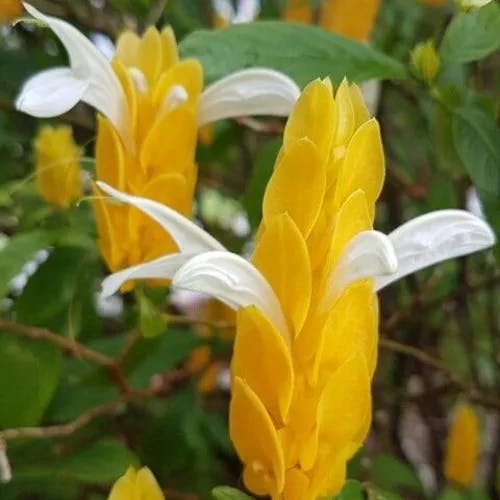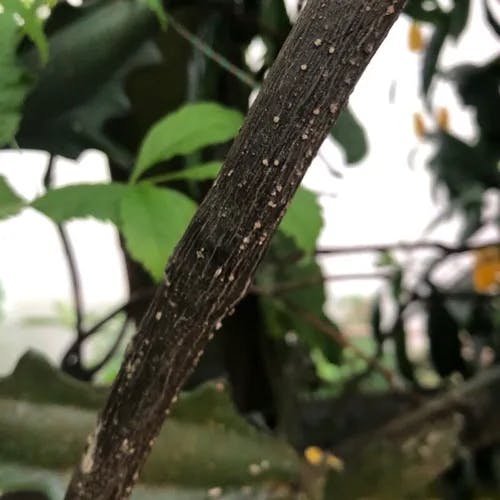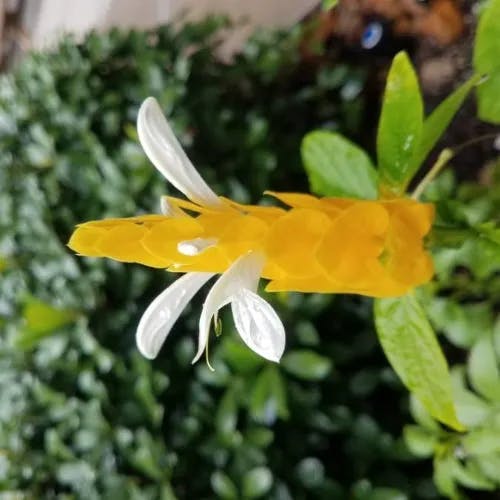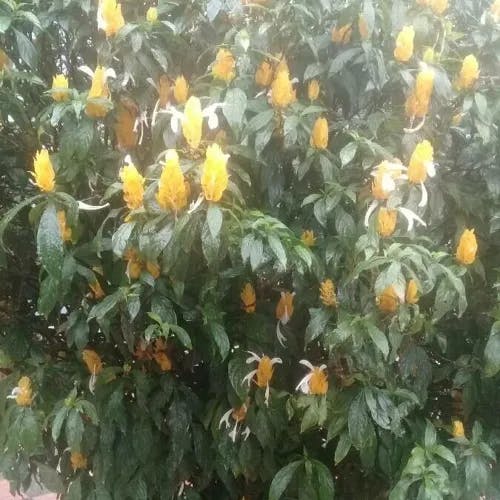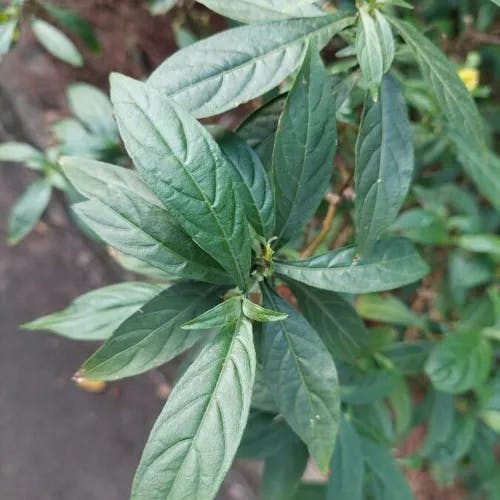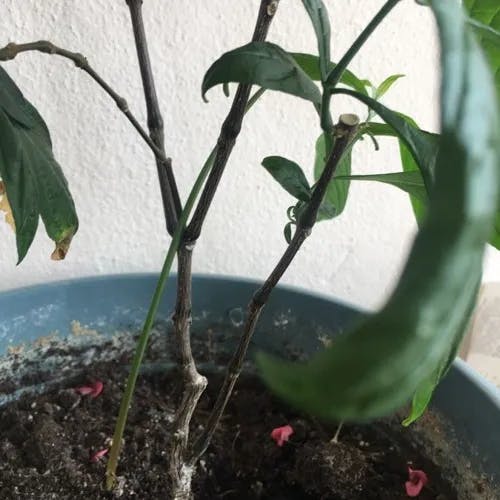The Brazilian plant Pachystachys lutea, also referred to as Golden shrimp-plant, is a cheerful,bright perennial grown mostly for its decorative worth. This tropical South American flowering herb, 3 to 4 ft in height, has shiny leaves and cone-shaped yellow blossoms tightly packed into spikes, resembling shrimps. Endemic to Peru and Brazil's rainforests, it represents joy, positivity, prosperity, and good fortune. Its care involves ample moisture and well-drained soil. A Although not bearing edible fruit, its ornamental attributes - specifically the eye-catching golden blooms - make it a popular houseplant and landscape choice. This Acanthaceae family member uplifts any indoor or outdoor space.
0
0
